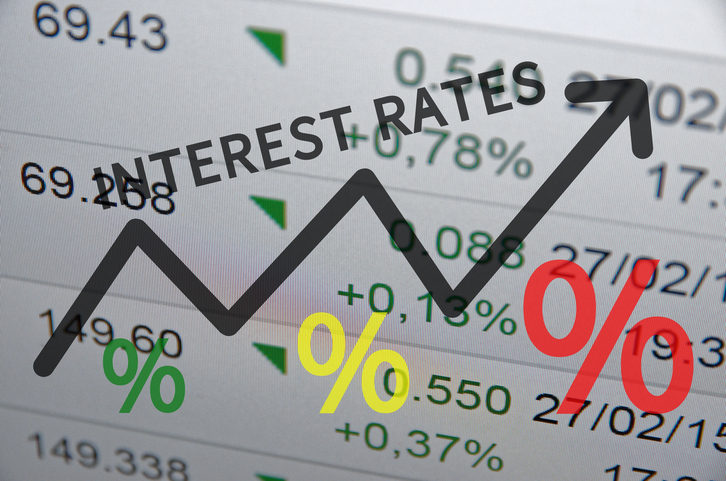Preferred stocks and exchange traded funds, such as the the iShares S&P US Preferred Stock Index Fund (NYSEArca: PFF), the largest preferred stock ETF, are among the high-yield, income-generating asset classes that have recently come under pressure as investors price in rising odds that the Federal Reserve would raise interest rates.
Preferred stocks are a type of hybrid security that show bond- and equity-like characteristics. The shares are issued by financial institutions, utilities and telecom companies, among others. Within the securities hierarchy, preferreds are senior to common stocks but junior to corporate bonds. Additionally, preferred stocks issue dividends on a regular basis, but investors don’t usually enjoy capital appreciation on par with common shares.
Other well-known preferred ETFs include the PowerShares Preferred Portfolio (NYSEArca: PGX) and the Global X SuperIncome Preferred ETF (NYSEArca: SPFF).
“The reason company’s issue preferred shares are to raise capital from investors that are seeking an attractive yield without adding traditional debt (bonds) that carry strict maturity dates and covenants. Preferred stocks can also be “callable” from the issuer, who has the right to redeem them at a certain price or time at their discretion,” reports ETF Daily News.
